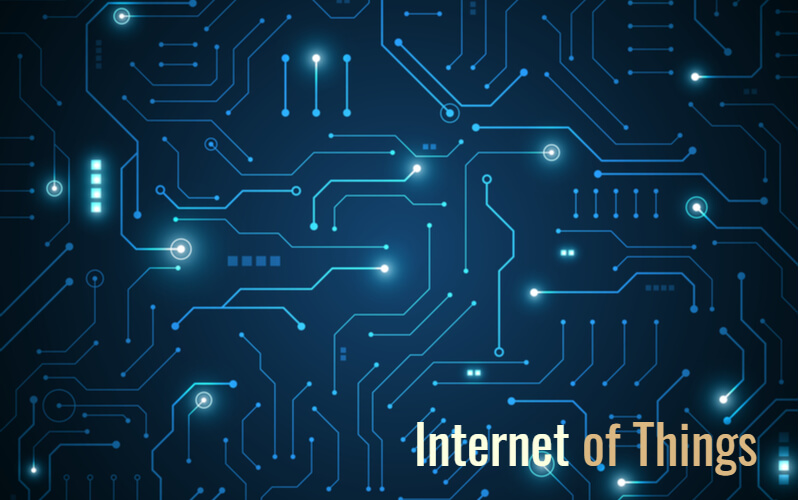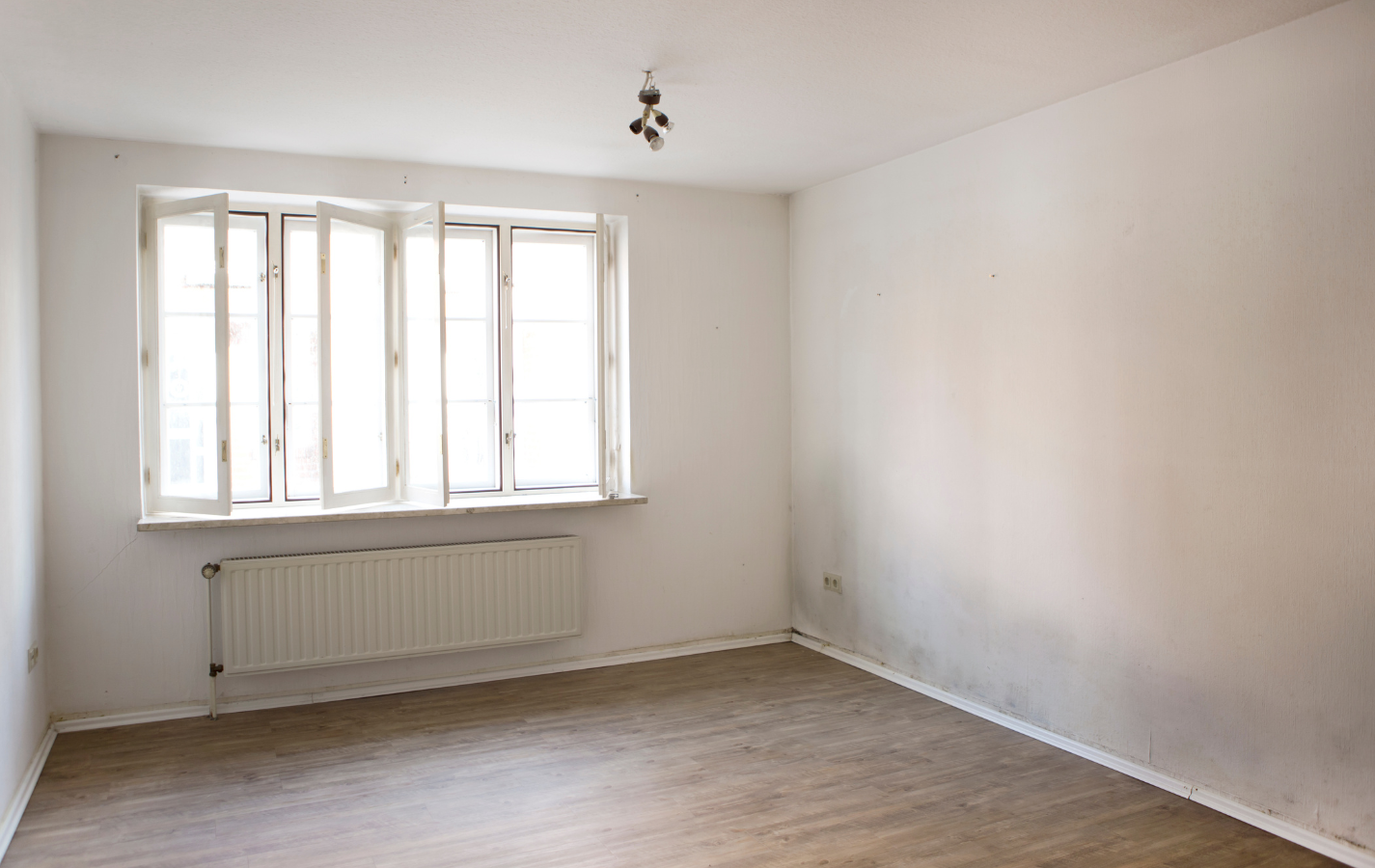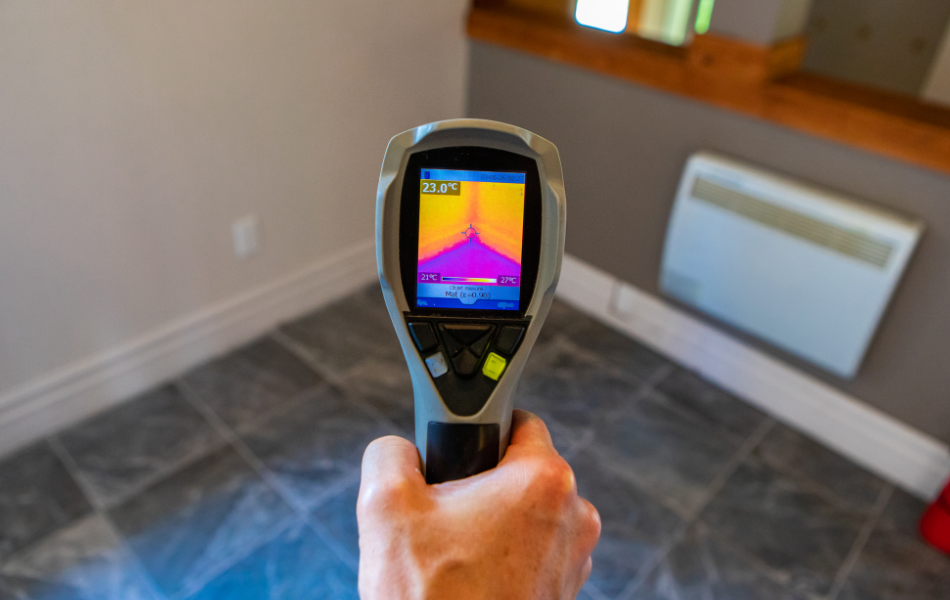Two Years of IoT Integration: A Q&A with Stirling Council
A couple of years ago we set out on a pioneering IoT integration project with Stirling Council. The objective was to identify, integrate and deploy a suite of cutting-edge IoT technologies...

A couple of years ago we set out on a pioneering IoT integration project with Stirling Council. The objective was to identify, integrate and deploy a suite of cutting-edge IoT technologies to help Stirling Council solve several challenges. Following the success of this project we scaled up that solution with Stirling Council in partnership with The Digital Office for Scottish Local Government and CivTech. Separately to this we were recently commissioned by Stirling Council to roll out an innovative IoT solution for their temporary accommodation to ensure the safety and wellbeing of the tenants whilst at the same time helping them to improve their services and make savings.
In the last 2 years Homelync has also been on an exciting trajectory. Having deployed thousands of sensors across dozens of landlords, the system we developed alongside Stirling Council is being adopted by the wider industry at an accelerating rate. In recent months Homelync was acquired by Aico; the UK market leader for fire and CO alarms. With ambitions plans to transform social housing, Aico have already deployed several thousand IoT devices in the last 10 months.
We caught up with Stirling Council for a retrospective and to hear their view on how IoT will evolve in the coming years.

Alexa Scrivener: Transformation Lead (previously Team Leader Repairs), Stirling Council
Jimmy McGrory: Team Leader Planned Works, Stirling Council
Chris Jones: Chief Operating Officer, Homelync
CJ: What are the main benefits of IoT for Stirling Council?
AS: We see great benefits across a number of areas but particularly from a resident engagement point of view. We have a great relationship with our tenants but we are always looking for ways to improve. We are excited by the opportunity to empower residents by giving them the information they need to take more responsibility for their home maintenance and health. By showing residents live and visual representations of the maintenance, health and safety of their home we are giving them the tools and knowledge to improve their own living conditions and potentially save them money. For example, tenants have been able to see how their mould risk and energy use has changed throughout the project compared to others. Tenants have been more engaged with the data and feedback than expected.
JM: From my perspective, the main benefits are being able to understand the maintenance requirements of various aspects of the property in real time. We can see that there are significant potential cost savings through improving service efficiency by reducing visits for example. These efficiencies are enhanced even more by the fact that Stirling Council has a significant number of tenants in rural locations where a maintenance visit involves a 2hr+ drive each way. It is also great to be able to potentially provide greater levels of safety including by being able to be informed if there is a fault with fire alarms and boilers.
CJ: What are the main barriers to gaining the benefits of IoT and how can these be tackled?
AS: The challenges ahead are less technical and more operational. As we increase the number of deployments we need to efficiently refine the process of deploying devices and providing residents the information they need to understand the details of the project. In the early stages of the IoT project we held fortnightly meetings with resident participants in order to gain feedback and answer any questions they have. However, this would not be possible when there are hundreds or thousands of deployments so it is essential to provide leaflets and digital information (e.g. website, YouTube videos, tenant interviews etc) that can answer their questions, outline the benefits to them, and the purpose of Stirling doing it. With regards to deploying devices we will look to refine the total deployment time to less than an hour and deploy devices when visiting a property for other reasons (e.g. during void, gas servicing, planned works, routine visits etc). We are also working with Homelync to formalise and simplify the deployment process so minimal training is required for operatives to be able to install and provision equipment during visits.
JM: We thought initially that a barrier would be connectivity in rural properties but this has been disproven as all devices in rural locations have been reliably connected. A potential future challenge could be the perception of tenants incurring any running costs associated with devices. In the past we have had issues where residents disconnect extractor fans because they think there could be a significant energy cost associated. However, the electrical cost of the IoT equipment is minimal (£1-2 per year) and there are potentially significant savings for tenants. So, again, providing tenants with enough information about the technology is key as IoT scales.
CJ: How are you engaging residents in the use of new technologies? How are they responding?
AS: Most residents have been really positive but some were initially sceptical. We have found engaging with them a lot throughout the project has helped significantly. Homelync have also led a number of resident working groups and presented in tenant forums. During this time any questions or worries have been addressed face to face. The resident participants have been quite pleased with the data they are receiving and also motivated to be part of Stirling’s exploration of IoT.
Since the Covid-19 lockdown began we have been engaging tenants in different ways anyway. For example, using more phone calls to diagnose maintenance and repairs issues (e.g. boiler faults). We think some of the processes and approaches we are taking now could be refined and used post lockdown to improve efficiencies and IoT is a natural part of this. IoT could really help with remoteness given the current climate. During this time we are finding residents are also buying IoT devices to give to vulnerable family members as a way of keeping them safe or communicating with them.
JM: I agree with Alexa, we need to take a different approach in future; particularly with over 70s. We think it is likely that the challenge of visiting tenants in person will remain for the coming years. Residents will be reluctant to let operatives in their homes in general and particularly without a significant number of safety precautions in place which will be a challenge to the service. Inspectors are now asking questions more remotely and in some cases asking tenants for photographs of issues. Residents are generally happy with this process and we think using technology to better systemise this in the future is a great win.
CJ: What has been the most exciting thing about working with Homelync?
AS: We are most excited by the prospect of happier tenants and we have seen a lot of potential for this throughout the project. Working with Homelync has been great, we have had regular weekly/fortnightly catch-ups and have kept a strong momentum throughout the project which has helped us to achieve our objectives. It has also been great to be able to refine our requirements and directly feed them into the solution throughout the project. Homelync have been good at innovating, taking on ideas and helping us improve through the use of various new IoT technologies. We have been working closely with our tradespeople and schedulers to make sure the system will be able to provide the benefits we are seeing at scale and for this reason we are confident we can overcome any operational challenges as the number of deployments increases.
JM: The thing that most excites me is the potential improvements that the technology could unlock such as remote access to check any issues, being able to streamline services and reduce visit numbers.
CJ: What do you think IoT in social housing will look like in 5 years’ time?
AS: When we started this project late in 2018 IoT was still really in its infancy in social housing but this has changed significantly since then. Solutions are becoming much more commonplace and in 5 years I think we will definitely see it maturing. We think it will be really big in social care for example. However, reducing carbon emissions and sustainability in general is a very big challenge that Stirling Council is focused on and I can also see IoT helping in this regard. Already on this project we have demonstrated the potential to better identify residents and homes that would be optimally targeted from an energy efficiency and fuel poverty standpoint. Also, the other operational efficiencies provide great environmental returns such as reducing fuel used on visiting properties, minimising paperwork etc.
JM: Maintenance efficiencies, monitoring environmental conditions and being informed of boiler and fire alarm faults are definitely areas I can see maturing in the next 5 years. By providing residents with this technology we are also able to give them the power and knowledge to reduce their energy, fuel and water bills if they choose to. I can also see social care solutions being much more sophisticated in the future. I think some sort of ‘home hub’ for the elderly is something that will be fairly widespread.
CJ: What was your overall experience of the CivTech program?
AS: I have to admit, I was initially sceptical about the CivTech program before we started it. I just thought that we had a problem and we knew how to resolve it so posting challenges seemed like an unnecessary step. However, what was great about CivTech was how the program was structured to take advantage of the latest thinking in user centred design. We weren’t even considering IoT at the time but Homelync understood and pitched overall solutions to the challenge (of 20+ companies) so it goes to show that you may not have considered all of the potential options. I also really enjoyed being part of something quite new and innovative. It felt like an adventure and a challenge to push the boundaries of innovation and help Stirling Council be more future/forward thinking. The CivTech team is also very impressive with a good mix of government experience and skills in technology innovation.
JM It was initially an unusual experience as it was so different to normal procurement processes and frameworks. For example, submitting a video to promote our challenges was definitely a unique experience. It was also great to give many companies the chance to apply and present their proposed solutions; this in itself taught us a lot about many potential solutions we hadn’t considered before. Moving forward with 3 companies who almost acted like a consultancy to further analyse the problem by embedding themselves in Stirling and speaking to different stakeholders was a great way of helping us refine our problem too. Aside from this, the CivTech team also put on a great lunch!
CJ: How do you see the work with CivTech benefiting landlords and tenants across the UK?
AS: I can really see this technology not only benefiting social landlords, but also a number of other industries too. For example, there would be great benefits for facilities, schools, community centres etc. I think some of the challenges would be different but the concept of remote monitoring will definitely have a positive impact in these sectors.
JM: I think all the benefits we mentioned above would equally benefit social landlords across the UK as our challenges are so similar. This is the purpose of CivTech really, to invest in innovation that has the potential to have a wider impact across Scotland. This was also true for the other challenge owners that represented other parts of the Scottish government such as the NHS and education challenges.


